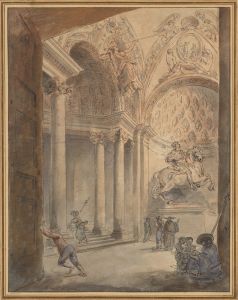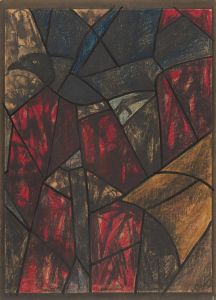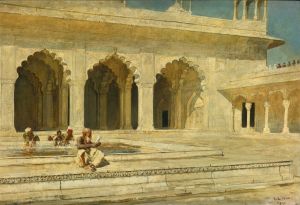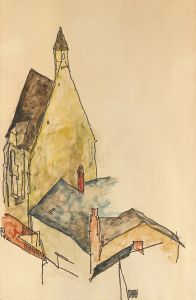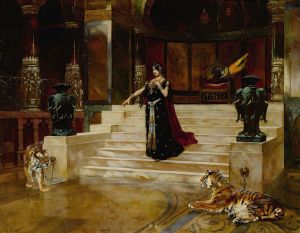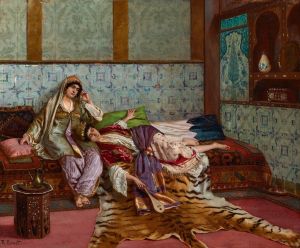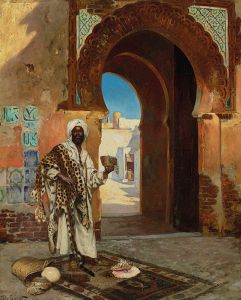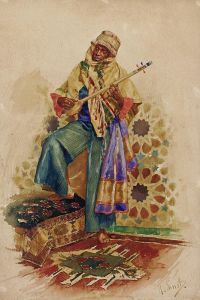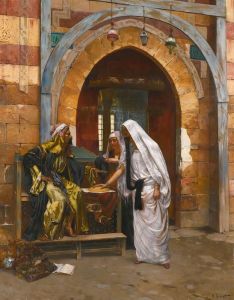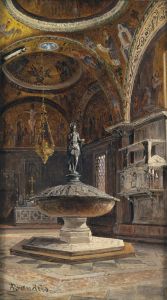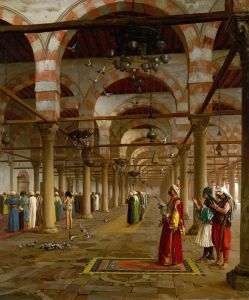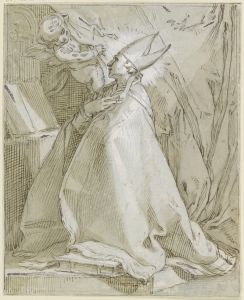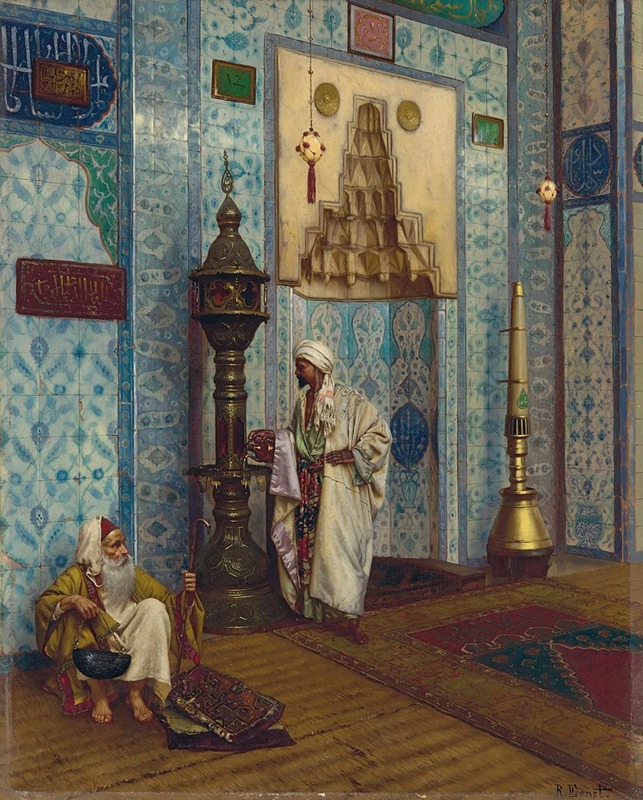
In the Mosque
A hand-painted replica of Rudolf Ernst’s masterpiece In the Mosque, meticulously crafted by professional artists to capture the true essence of the original. Each piece is created with museum-quality canvas and rare mineral pigments, carefully painted by experienced artists with delicate brushstrokes and rich, layered colors to perfectly recreate the texture of the original artwork. Unlike machine-printed reproductions, this hand-painted version brings the painting to life, infused with the artist’s emotions and skill in every stroke. Whether for personal collection or home decoration, it instantly elevates the artistic atmosphere of any space.
Rudolf Ernst (1854–1932) was an Austrian painter known for his Orientalist works, which often depicted scenes inspired by the cultures, architecture, and daily life of the Middle East and North Africa. His painting In the Mosque is one of his notable works, showcasing his fascination with Islamic art and architecture, as well as his meticulous attention to detail.
In the Mosque portrays an interior scene of a mosque, rendered with Ernst's characteristic precision and vibrant use of color. The painting captures the serene and contemplative atmosphere of the space, emphasizing the intricate architectural elements and decorative motifs typical of Islamic design. Ernst's depiction includes features such as ornate tilework, arabesques, and calligraphy, which reflect his admiration for the craftsmanship and aesthetics of Islamic culture. The figures in the painting are shown in traditional attire, engaging in quiet activities that suggest devotion or reflection, aligning with the spiritual purpose of the setting.
Ernst's work is often associated with the Orientalist movement, a 19th-century artistic trend in which European artists depicted scenes from the Middle East, North Africa, and Asia. While Orientalist art has been critiqued for its exoticized portrayals and colonial undertones, Ernst's paintings are also recognized for their technical skill and the artist's evident interest in the subjects he portrayed. His works, including In the Mosque, are characterized by their rich textures, vivid colors, and an almost photographic attention to detail.
Rudolf Ernst traveled extensively during his lifetime, and his exposure to different cultures informed much of his artistic output. However, it is unclear whether he painted In the Mosque based on direct observation or from his imagination, as was common among Orientalist painters of the time. Regardless, the painting demonstrates his ability to create a convincing and immersive representation of a mosque interior, resonating with viewers through its visual richness and tranquil mood.
Today, In the Mosque is appreciated as an example of Orientalist art and serves as a testament to Ernst's skill as a painter. His works are held in private collections and museums, and they continue to attract interest from art historians and collectors for their craftsmanship and historical significance.





